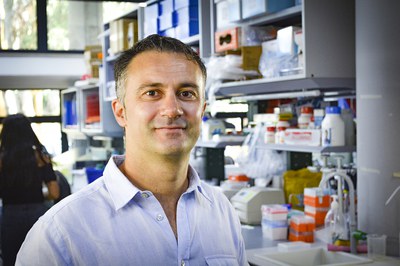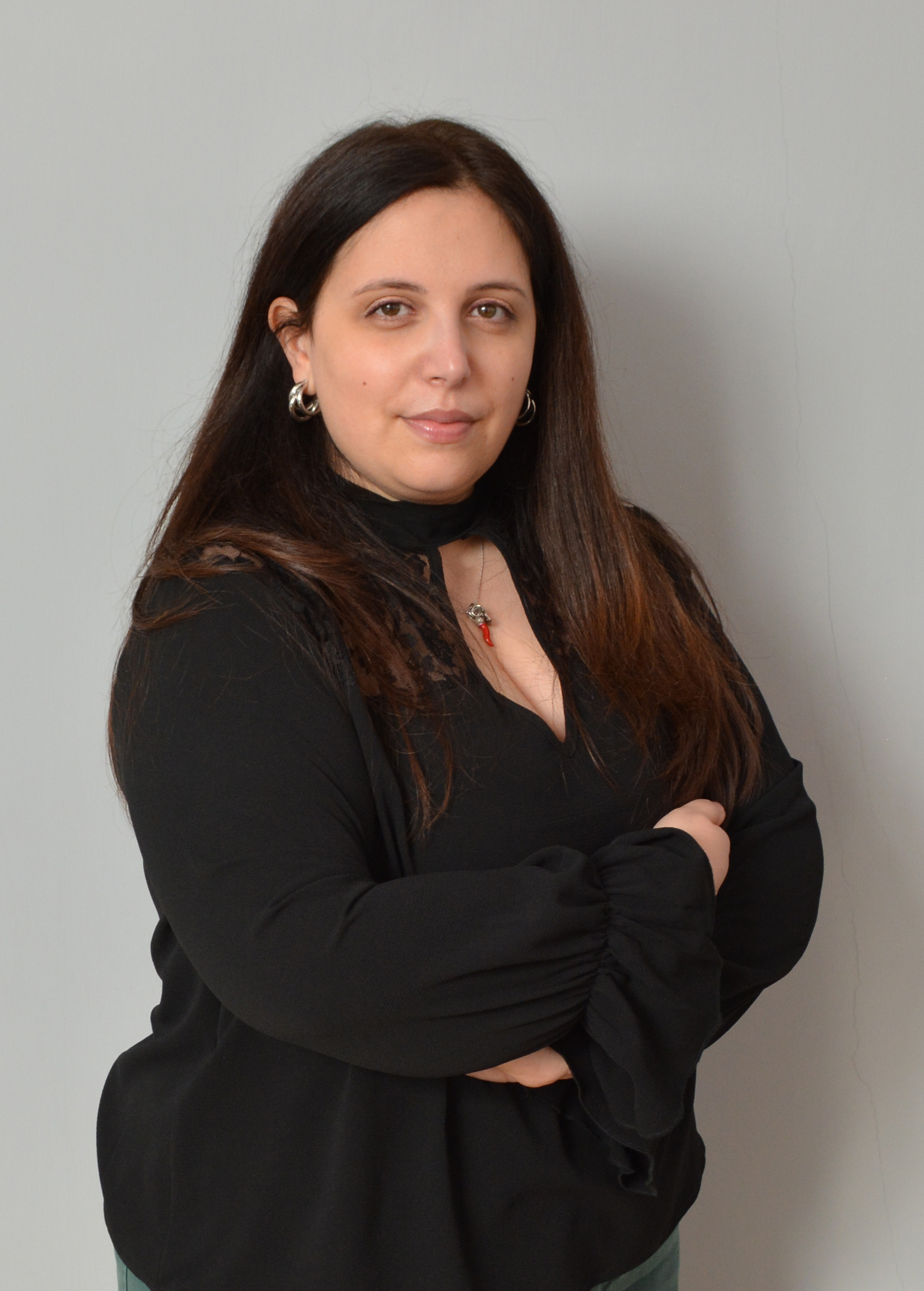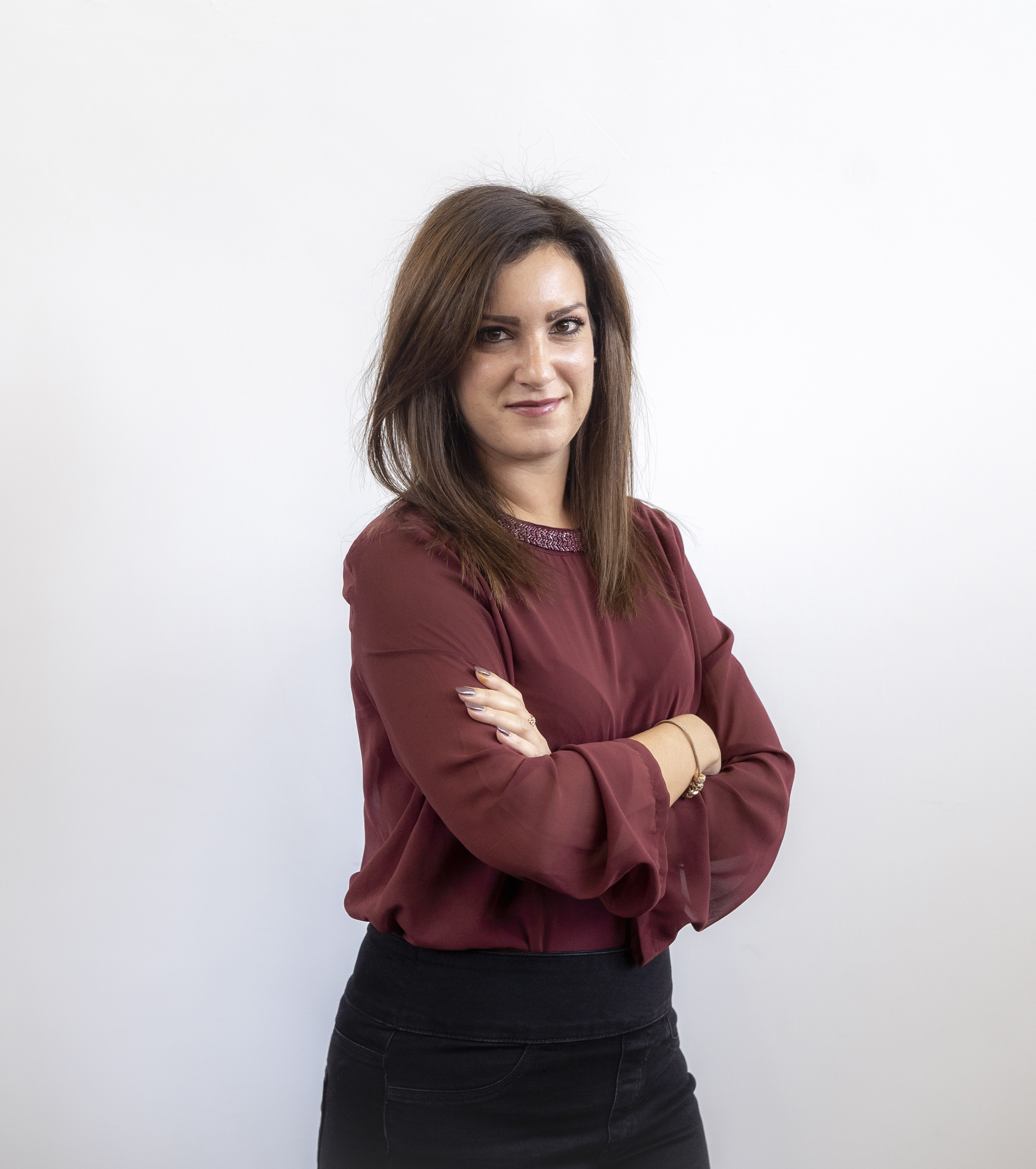Assistant Investigator
Head of Mass Spectrometry Facility
Paolo Grumati obtained his master’s degree, in Medical Biotechnologies, and his PhD, in Genetic and Molecular Biology, at the University of Padova, working on the role of macro-autophagy in muscular dystrophies. After completing his PhD, he moved to Frankfurt am Main, at the Goethe University, in the Institute of Biochemistry II. There, he worked as a post-doc researcher and focused on the molecular mechanisms of selective autophagy. In 2019, he returned to Italy to establish an independent laboratory at TIGEM, where he coordinates a research group focused on selective autophagy and endoplasmic reticulum dynamics.
Paolo Grumati has a strong background and experience in the field of autophagy as demonstrated by his publications in peer reviewed journals. He contributed to the field elucidating, for the first time, the role of autophagy in muscular dystrophies and then characterizing the molecular mechanisms of selective autophagy of the endoplasmic reticulum. His laboratory embraces an interdisciplinary approach combining biochemistry, molecular and cellular biology with proteomics and mathematical modeling.
Molecular Mechanisms of Autophagy and Endoplasmic Reticulum Dynamics
Autophagy is a catabolic mechanism employed by cells to maintain homeostasis and organellar quality control. This degradative system is conserved in eukaryotic organisms, occurs at basal levels and is modulated by stress stimuli. Autophagy is dynamic; it starts with the formation of a double membrane structure (autophagosome), which engulfs portions of the cytosol, and terminates with the fusion of the autophagosome with a lysosome. Autophagy was considered bereaved of substrate specificity; however, we now know there is fine specificity in substrate selection and an intricate molecular mechanism underpinning the process. Our interest is to characterize the molecular mechanisms responsible for ER dynamics during autophagy. The ER is a continuous system of membranes, which are constantly reorganised to fulfil physiological functions. An important aspect is the maintenance of the original ER network, which requires the disassembly and elimination of damaged ER parts. ER membranes are remodeled and removed by selective autophagy, ER-phagy, which is regulated by a subset of specific autophagy receptors. The molecular mechanisms responsible for activation of these receptors and the factors that trigger ER remodeling during autophagy remain largely unexplored. Studying ER dynamics during autophagy is not only important for acquiring new information on a fundamental cellular process but also has major medical implications and therapeutic potential. ER-phagy plays a prominent role in the fight against genetic diseases, cancer and viral infections. The aim of our research is to investigate the involvement of autophagy in ER remodeling; to characterize new ER-phagy receptors and their role in membrane dynamics, and to unravel the molecular mechanisms of ER-related axonal disorders. We plan to approach our scientific questions using state of the art technologies in gene editing (CRISPR-Cas9), proteomics (Mass Spectrometry) and Microscopy.
- Role of FAM134 paralogues in endoplasmic reticulum remodeling, ER-phagy, and Collagen quality control. EMBO Reports, 2021
- Eating the unknown: Xenophagy and ER-phagy are cytoprotective defenses against pathogens. Experimental Cell Research, 2020
- A selective ER-phagy exerts procollagen quality control via a CALNEXIN-FAM134B complex. EMBO Journal, 2019
- Full length RTN3 regulates turnover of tubular endoplasmic reticulum via selective autophagy. eLife, 2017
- Regulation of endoplasmic reticulum turnover by selective autophagy. Nature, 2015
The full list of publication can be visualized here
Quote
I have always been fascinated by the dynamics of cellular organelles: how they change shape, move inside the cell, and are constantly replaced. Gaps in understanding of the endoplasmic reticulum has led us to explore whether autophagy regulates ER turnover and if autophagy failure can cause severe human diseases.
Additional Funding
- Modulating ER-phagy thwart muscle diseases (2022-2023). Muscular Dystrophy Association
- Leading GLUT1 towards the plasma membrane (2022-2023) Telethon Foundation
- MFAG - Dissecting selective autophagy role in oesophageal and colorectal neoplasia development (2021-2026)






